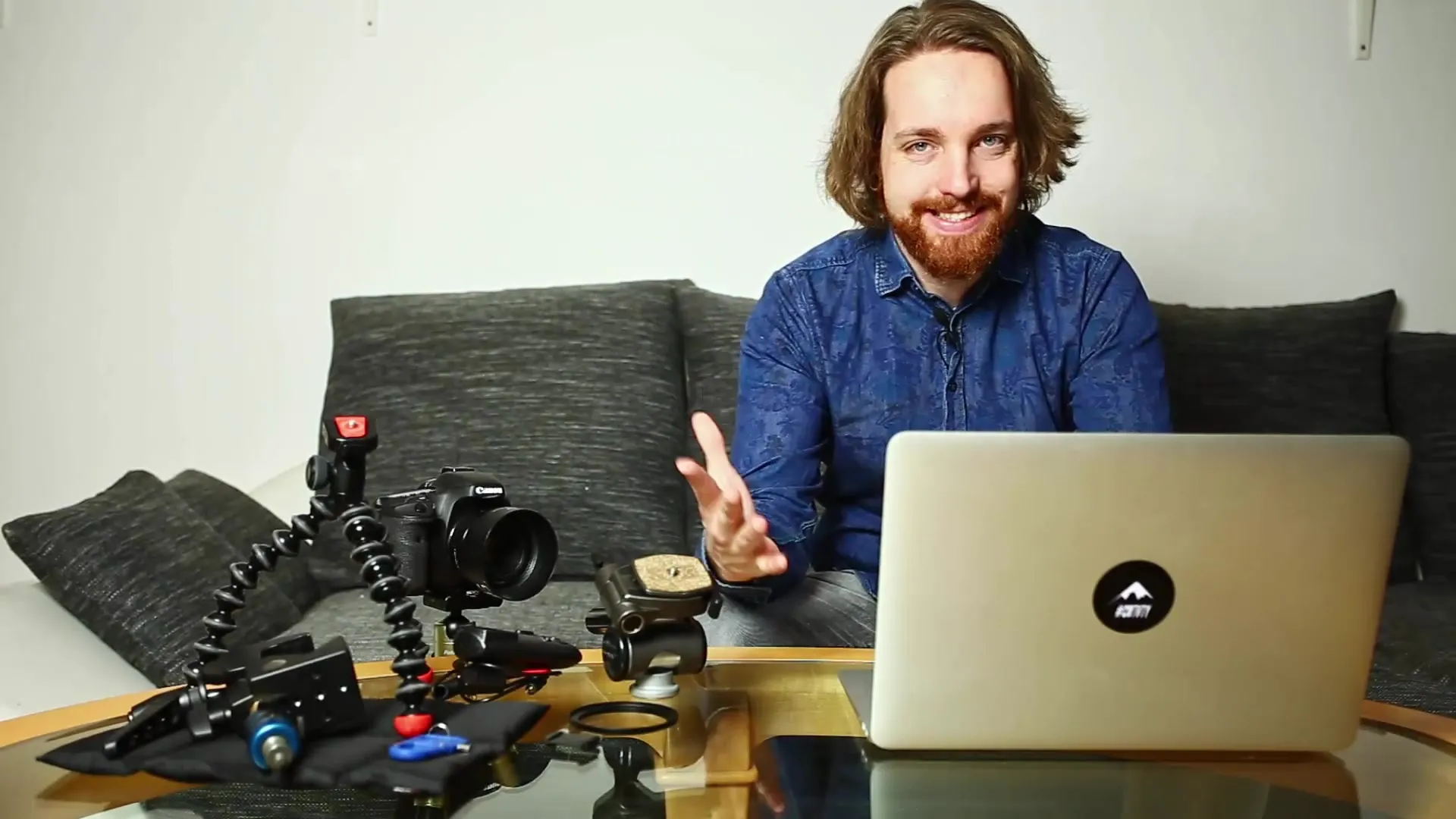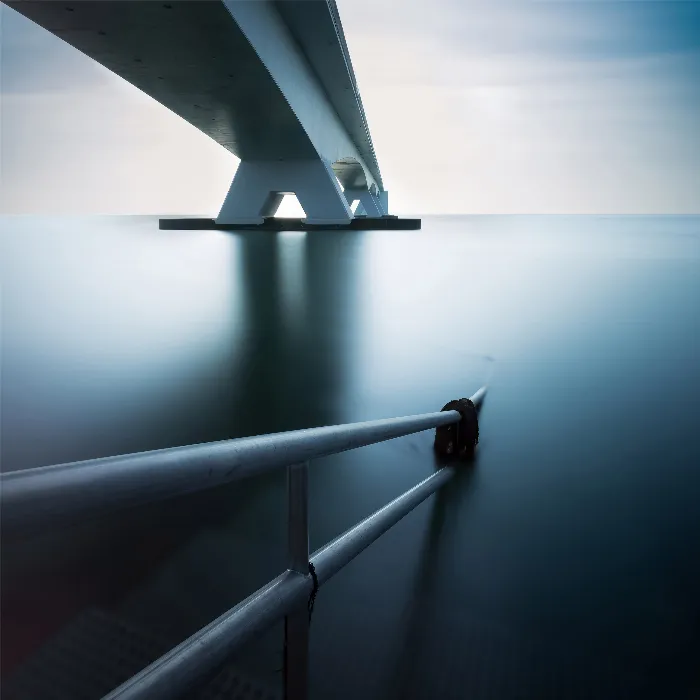Long Exposuresopen up fascinating possibilities for you asa photographer to capture movement and atmosphere in your images. In this first part of my video training, I lay the foundation for your knowledge about long exposures. You will not only learn about the equipment you need but also what creative effects you can achieve and why long exposures are so unique in photography.
Key Insights
- Long exposures require special equipment like tripods and possibly filters.
- The choice of the right exposure time is crucial for the desired image effect.
- Composition and location choice significantly influence the final result.
- Long exposures offer many creative possibilities to show movement or light trails.
Step-by-Step Guide
First, I want to give you an overview of my experiences. My name is Tobias Gabrisch, and I am a professional photographer primarily working in the areas of food photography, architectural photography, and time-lapse photography. Long exposures have accompanied my work for nearly a decade, and I’ve gathered valuable insights that I am excited to share with you. So you can rely on me to provide you with sound knowledge.

As with any photographic technique, the right equipment is vital for long exposures. Before you head out to photograph, it's important to know what camera and lenses you need. You need a camera that can be manually adjusted, and in most cases, fast lenses are beneficial. Tripods are essential since even the smallest vibrations or movements can lead to blurry images.
In addition to a tripod and camera, remote triggers can also be useful, especially when you want to use longer exposure times. These prevent the camera from shaking during the release. Filter systems are another important element for long exposures. They help you control light so you can work with long exposure times without overexposing your images.
Once you have tested your equipment and are confident that you are well prepared, you will take the next step. I invite you to come outside with me to take long exposures on-site. Together we will create some images and utilize the techniqueswe discussed earlier. Beauty in architecture and the movement of water are fantastic subjects for long exposures.
When we start the shooting, I will address the important camera settings. This includes choosing the right aperture, ISO values, and especially the exposure time. The right combination of these parameters is crucial to achieving the desired image. Additionally, pay attention to composition and location choice. Sometimes a small change in perspective can make a significant difference in the image result.
Besides the technical aspects, I will also explain the different types of long exposures. For example, what effects can be achieved with various exposure times. A long exposure can, for instance, show light trails, while shorter exposure times capture the dynamics of movements. All these aspects demonstrate how rich and diverse long exposures can be.
Before we turn to the practical part, let’s take a look at some of my own sample images. I will explain each setting and give a brief comment on each image to show you what special effects were achieved with the long exposures. Understanding these basics will help you develop and refine your own creative vision in photography.
Summary – Long Exposures from A to Z: Introduction to the Technique
Long exposures are a powerful technique in photography that allows you to capture movement and light in impressive ways. With the right equipment, professional knowledge, and creativity, you can achieve stunning results.
FAQ
What are long exposures?Long exposures are photography techniques where the exposure time is extended to represent movements or light trails.
What equipment do I need for long exposures?You need a camera with manual settings, a sturdy tripod, possibly a remote trigger, and filters.
How do I choose the right exposure time?The exposure time depends on the subject and the desired effect. Experiment with different times to achieve the best results.
Why are filters important for long exposures?Filters help control light so you can use longer exposure times without overexposing the image.
How does composition affect the outcome of my images?Composition can massively influence the focus, balance, and impact of your image. Pay attention to lines and perspectives.

